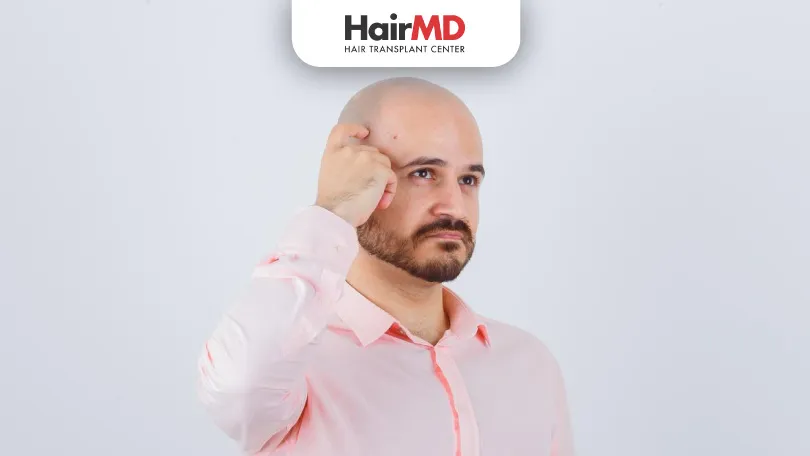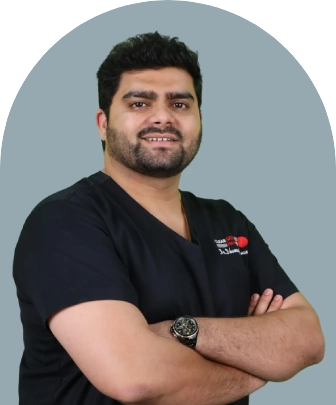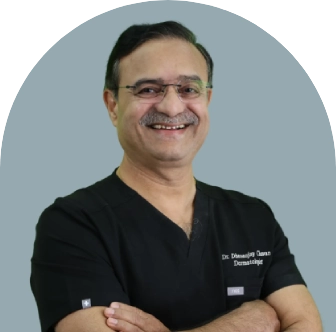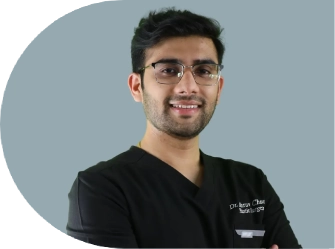28th May, 2025

If you’re completely bald and wondering whether a hair transplant is still an option—you’re not alone. Many people assume that once the scalp is fully bald, the possibility of restoring hair through transplantation is over.
But that’s not always true. The real question isn’t “Are you bald?”—it’s “Do you have healthy donor hair?”
At HairMD Pune, we evaluate each patient thoroughly to assess transplant potential, even in cases of full baldness.
What’s covered in the article?
- Can You Get a Hair Transplant If You Are Fully Bald?
- Understanding Donor Area Limitations
- Techniques Used in Advanced Baldness Cases
- Realistic Expectations: What to Know
- HairMD India’s Evaluation Process
- Post-Transplant Care for Bald Scalp Patients
- Frequently Asked Questions
- Conclusion
Can You Get a Hair Transplant If You Are Fully Bald?
Yes, in many cases, it is still possible. Hair transplants don’t rely on creating new follicles—they involve relocating existing ones.
If a person still has healthy hair on the back or sides of their scalp (called the “donor area”), surgeons can transplant those follicles to bald regions.
The success of this procedure depends entirely on the quantity and quality of the donor hair.
Understanding Donor Area Limitations
Even if the top and front of the scalp are completely bald, the occipital and parietal regions may still hold viable follicles.
However, because these regions are limited in surface area, patients who are completely bald often require:
- More conservative hairline design
- Strategic follicle distribution
- Possibly multiple transplant sessions
- Realistic expectations regarding final density
Techniques Used in Advanced Baldness Cases
- Follicular Unit Extraction (FUE) FUE is commonly used for fully bald cases because it allows surgeons to extract individual follicles from the donor zone with precision. The harvested grafts are then implanted to mimic natural growth patterns.
- Body Hair Transplant (BHT) If the scalp donor area is insufficient, surgeons may extract hair from the beard, chest, or even arms. While body hair differs in texture and growth pattern, it can provide coverage in select areas—especially the crown.
- Combination Methods Advanced baldness often requires a combination of scalp and body grafts. This maximizes graft count and coverage.
Realistic Expectations: What to Know
It’s important to understand that even with surgery, someone who is fully bald won’t regain the full density of a non-bald scalp. However, skilled planning can deliver a “framed face” effect—restoring the hairline and front third of the scalp for a dramatic improvement in appearance.
What Affects the Outcome?
- Donor hair availability and density
- Hair texture (thicker strands provide better coverage)
- Scalp laxity and health
- Surgeon’s experience and graft placement strategy
- Post-op care and patient compliance
Who May Not Be a Candidate?
- Individuals with diffuse unpatterned alopecia (DUPA), where donor areas are also thinning
- Those with autoimmune conditions like alopecia areata or scarring alopecia
- People with serious medical conditions or poor wound healing capacity
Alternative Options if Transplant Is Not Feasible
- Scalp micropigmentation (SMP) for a clean-shaven “buzz cut” look
- Medical therapies like minoxidil or PRP to enhance existing fine hair
- Cosmetic solutions such as hair systems or wigs
HairMD India’s Evaluation Process
At HairMD, we use advanced trichoscopy and scalp analysis to determine:
- Donor density per cm²
- Hair shaft caliber and curl
- DHT sensitivity of donor follicles
- Possibility of combining FUE and BHT
- Long-term transplant sustainability
Post-Transplant Care for Bald Scalp Patients
- Gentle washing to avoid dislodging grafts
- Avoiding sun exposure and sweating for the first 2 weeks
- Regular follow-up with the clinic
- Minoxidil or PRP support to enhance growth
Frequently Asked Questions
Q: How many grafts are needed for a fully bald head?
A: It depends on head size, but full coverage can require 5,000–8,000 grafts. Some patients may need multiple sessions.
Q: Can body hair replace scalp hair effectively?
A: Yes, especially in the crown or back regions. Beard hair is often preferred due to its thickness.
Q: Will the transplanted hair fall out again?
A: No, transplanted follicles are DHT-resistant. Once regrown, they typically last a lifetime.
Do You Know?
Nearly 250 Patients Visit HairMD
Everyday For Various Hair Concerns?
(Your journey to healthier and fuller hair starts here!)
Meet Our Dermatologists
Conclusion
Being fully bald doesn’t automatically rule out a hair transplant. If you still have healthy donor hair—even from your beard or chest—a personalized strategy can help restore a natural-looking hairline and improve your appearance.
At Best Hair Transplant Clinic HairMD Pune, we guide patients through every stage—from evaluation to final results—to ensure the most successful outcomes.
Thinking about a transplant despite full baldness? Schedule your consultation with HairMD India and get a detailed evaluation today.
Further Reading
Ethical Hair Transplant Practices – Why HairMD Pune Is Trusted?
Discover what ethical hair transplant practices look like and why patients trust HairMD Pune. Learn to spot red flags, verify surgeon credentials, and make informed decisions for your hair restoration journey
Low-Cost Hair Transplant Clinics in Pune – Risks & Warnings
Discover why ultra-low-cost hair transplants in Pune are dangerous. Learn red flags, true costs, and how to verify surgeon credentials before risking your scalp health.
Top Hair Growth Treatments for Women: Your Ultimate Guide
Find effective hair regrowth treatments for women. Explore solutions like PRP, medications, and more to combat hair loss with expert advice from HairMD.
FUE vs FUT Hair Transplant – Pune Specialists Compare
Compare FUE vs FUT hair transplant techniques, costs, recovery, scarring, success rates, and ideal candidates. Learn which method suits you best in Pune.










